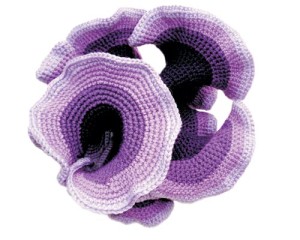Data-driven thinkers are often stereotyped as left-brained and logical, focused on number-crunching and problem-solving. They always have a map and a plan. Creative thinkers are branded as the opposite: right-brained, woo-woo dreamers riding wave after wave of inspiration in whatever direction their intuition takes them.
These stereotypes are very different, but in reality, the characteristics of highly-successful creative people and highly-successful data-driven people are very similar. And it’s in this overlap between creativity and data-drivenness where great things happen. In the words of Albert Einstein, “The greatest scientists are artists as well.”
How is this overlap possible? Well, surprise! There’s no such thing as right-brain and left-brain thinking. The old theory about brain dominance has actually been debunked multiple times over the past couple of years. But the residual idea of this theory, that creativity and data-driven thinking are opposing ways of thinking, is still hurting our ability to find better answers. It’s time to bust that myth. Here are ten ways that successful data-driven people and creative people overlap in their thinking:
What do creative people and data-driven people have in common? A lot. http://ow.ly/CaoIM
1. They make connections

Both creative and data-driven people have brains that are extremely good at making rapid connections between ideas and existing knowledge. This allows them to be extremely adaptable, using the resources they have available to them in unusual ways to reach their goals. This is how Daina Taimina, a mathematician at Cornell University, solved a centuries-old problem.
Mathematicians had struggled for years to create a physical model of a hyperbolic plane (a surface in which the space curves away from itself at every point), using familiar tools: mainly, paper and tape. It just didn’t work. Taimina, an avid knitter and crocheter, hit upon the idea of creating a crochet model, which worked beautifully. This example underlines the importance of having a wide range of knowledge to draw from: if Taimina didn’t know how to crochet, she could not have solved this problem. Since all “new” ideas are a mashup or a remix of something that came before, the more you have at your disposal, the better.
2. They are always asking questions
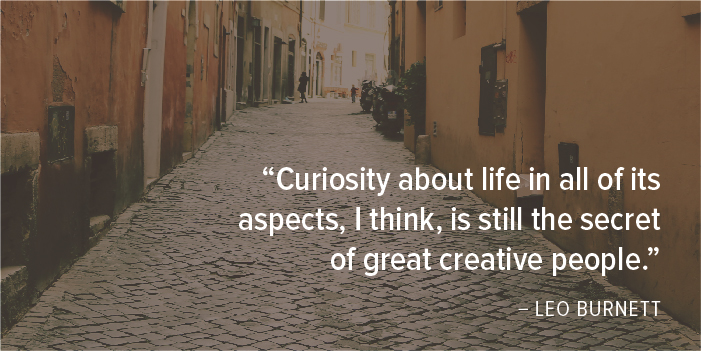
The most creative people are always questioning the status quo. They want to know “why”, and even more often, “why not?”. Data-driven people do this too. In fact, history is filled with data nerds that solved interesting problems because of their ability to ask questions others didn’t even think of asking. The common thread in both of these groups is that they enjoy the process of discovering an answer more than they enjoy the answer itself. This makes them willing to always ask, knowing that a universe of possibilities can open from one good question.
3. They fight perfectionism
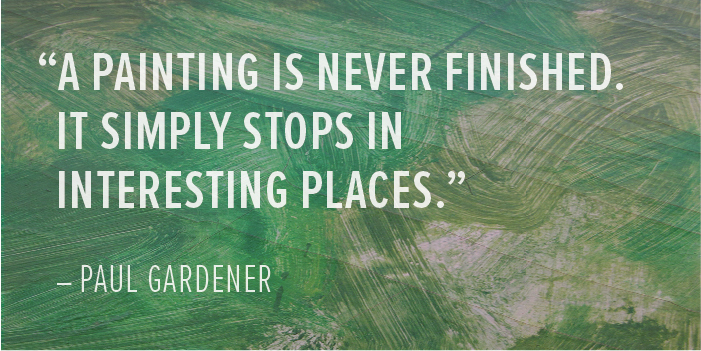
Ever heard of writer’s block? What about analysis paralysis? They’re the same thing. Just as a poem or a painting can never be “perfect”, a data-driven person will never have all the data they need to make a perfect decision. Perfectionism is dangerous, and it regularly prevents smart people from pursuing good ideas. They think, “if I can’t do it right, why even start?”. Both creative and data-driven people fight this kind of thinking. They dive into new ideas, embracing the Salvador Dalí approach: “Have no fear of perfection — you’ll never reach it.”
4. They take risks and are not afraid of failure

Both creative thinkers and data-driven thinkers tend to “fail up”, and by not taking failure personally, they’re able to learn from those failures and keep working. They see failure as just another part of the discovery process. This willingness to change their minds in the face of new information or data frees both creative and data-driven people to take more risks in pursuit of their goals.
5. They practice, practice, practice
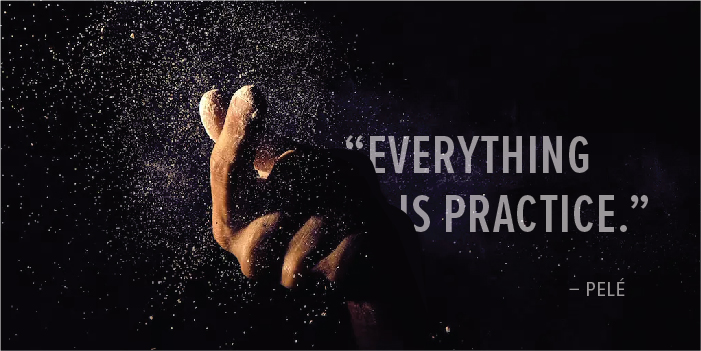
Both data-driven people and creative people tirelessly practice their craft. One of the most pervasive myths about creative people is the “Mozart myth”, which holds that artistic inspiration comes to people in a single burst, just as Mozart used to write a full symphony in one sitting with almost no revision needed. This couldn’t be further from the truth — most memorable works of art are the result of years of practice, and have gone through endless revision. Even in Mozart’s case, it’s suspected he spent copious amounts of time working through compositions in his head.
Data-driven thinkers are very familiar with this process. Nobody comes up with a perfect marketing strategy or analysis all at once, rather it takes lots of trying and testing to find something that works.
6. They appreciate the beauty in numbers


We’re quite partial to Salvador Dali’s inclusion of a huge dodecahedron in his depiction of the Last Supper.
It’s a common stereotype that data-driven people don’t value beauty, and likewise, that creative people don’t like numbers. Both are dead wrong. Mathematicians are highly creative and have long been entranced by the beauty in numbers. With the advent of better tools, data-nerds are enjoying artistic new ways to tell stories with numbers, from turning star data into music to creating stunning data visualizations of biological data. But it’s not just data-driven people who appreciate the beauty in numbers.
Renaissance artists like Leonardo Da Vinci and Michelangelo were obsessed with mathematics, creating many of their masterpieces around the golden ratio. Artists, like M.C. Escher and Pablo Picasso brought geometry to life in their art. And today, even amateur photographers and painters are taught how to use the rule of thirds to create more beautiful compositions. Regardless of the field they work in, creative people and data-driven people alike share a deep appreciation for the interplay between beauty and numbers.
Think creative people don’t like numbers? Think again. http://ow.ly/CaoIM
7. They pay attention to their intuition

It’s a no-brainer that artists and other creative types pay attention to their intuition, but successful data-driven thinkers do the exact same thing. A recent report by the Economist Intelligence Unit (EIU) reveals that over two-thirds of data-driven decision-makers listen to their intuition when it comes to decision-making. No surprise, hunches are valuable indicators for where to start analyzing a problem, and a “gut feeling” can quickly alert you to a problem in your data.
8. They don’t blindly trust their intuition
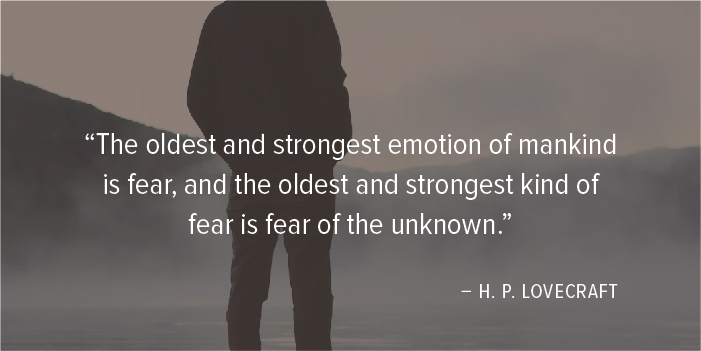
Our brain has natural tendencies towards biased thinking, and just because something “feels right” doesn’t mean it is right. In fact, the right decision may often feel a little wrong or uncomfortable, precisely because it’s innovative. Feeling great about a decision can be a warning sign that you’re sticking with the comfortable (and unsuccessful) familiar rather than pushing yourself towards something new. That’s why creative and data-driven thinkers pay attention to their intuition, but they don’t blindly trust it.
9. They experience flow state
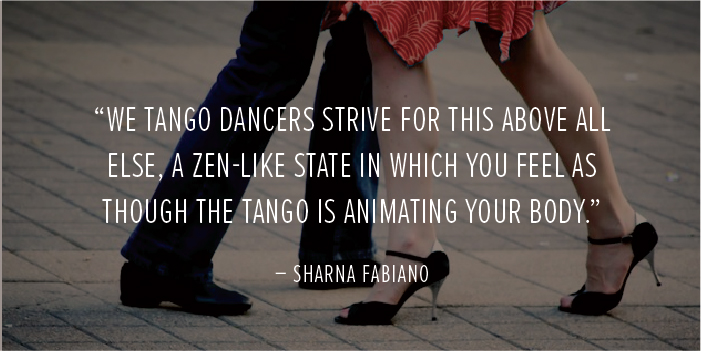
“Flow state” is a state of pure focus and enjoyment. It comes when you’re so absorbed in what you’re doing that you don’t feel time pass. Artists, musicians, and athletes describe being “in the zone” like this all the time. But it happens to computer programmers, too! Anyone can experience flow state, from surgeons to sheepherders, but creative and data-driven people are especially likely to intentionally seek it out because of the proliferation of ideas it brings.
10. They buck the crowd
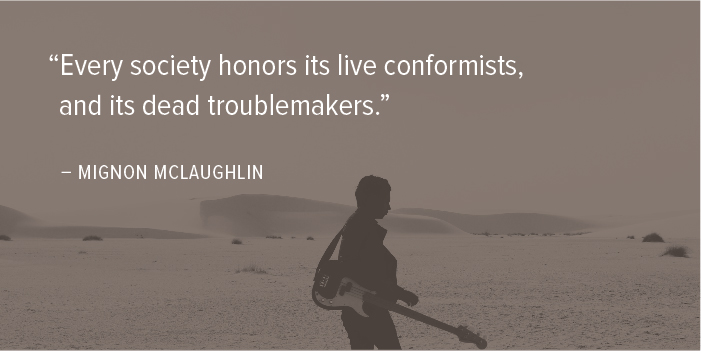
Studies have confirmed that most people don’t actually like creativity. Van Gogh’s work was not valuable until after his death, Harry Potter and the Philosopher’s Stone was rejected for being “too long for a children’s book”, and years ago, many assumed that a personal computer would be totally unnecessary. Why all the haters? Because most people are risk-averse. Humans tend to prefer the comfortable status quo to the uncertainty of moving in a new direction.
Any data-driven professional knows the resistance that can arise when your data supports making a counter-intuitive business decision, but the existence of that data is exactly what gives you the confidence to push for change. This is why data-driven people don’t mind bucking the crowd. Even in those cases when they don’t have the data to back up a new idea, they can confidently fall back on the ability to test things out and pivot rapidly if necessary.
Finding The Sweet Spot
An artist has paint, a writer has words, a data nerd has charts. All of them are fueled by creativity, and the best of them use data to hone their craft. Your brain is not divided into creativity vs. numbers camp, and neither are people. So the next time someone tries to tell you to pick a lane, maybe think about doing a little offroading instead.

